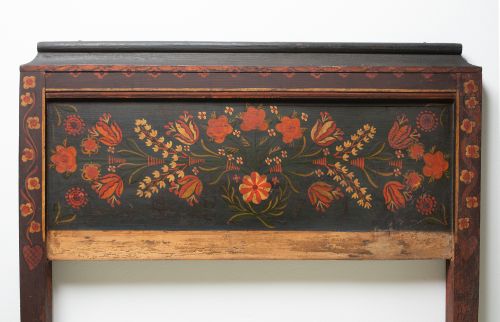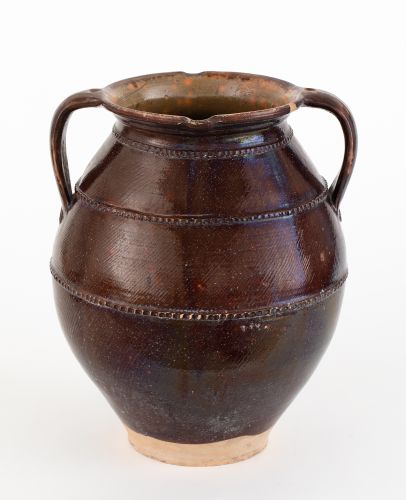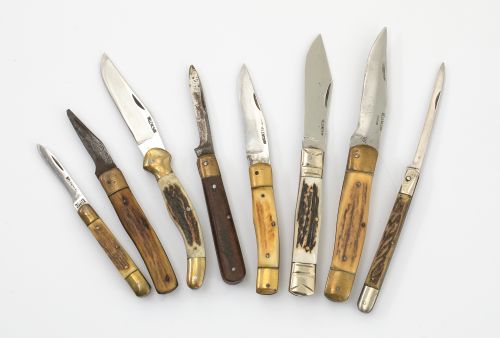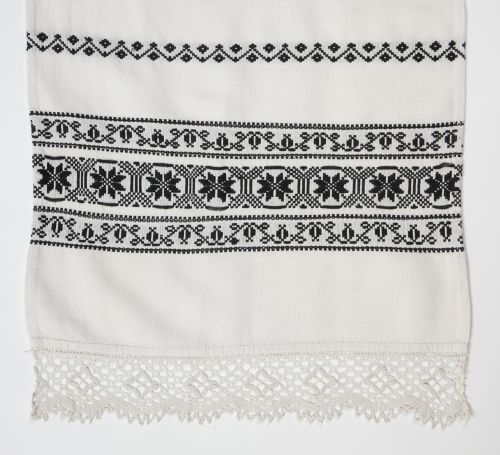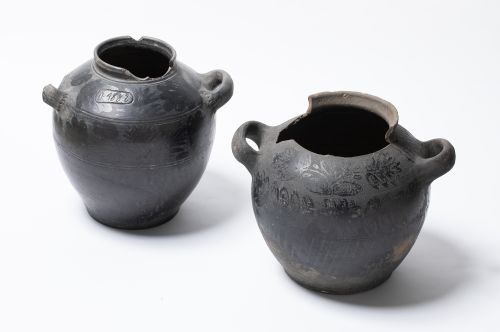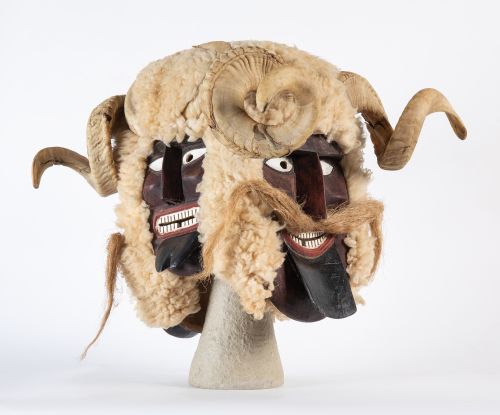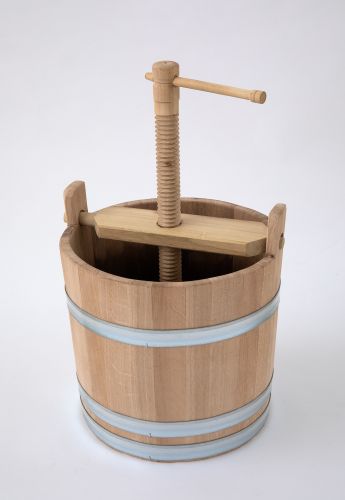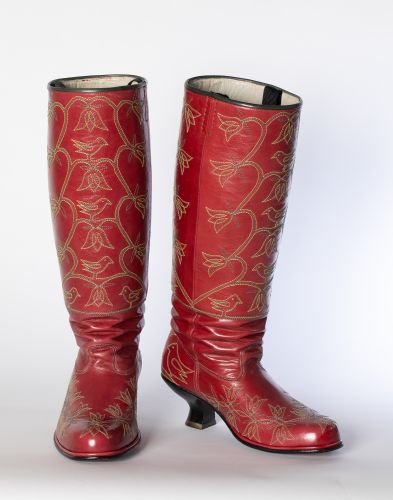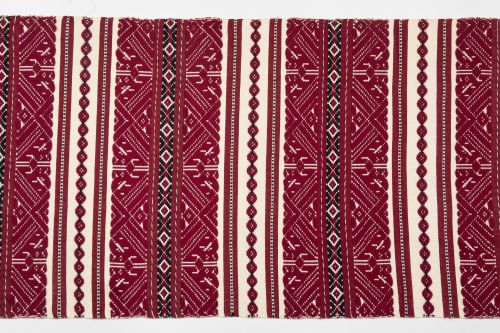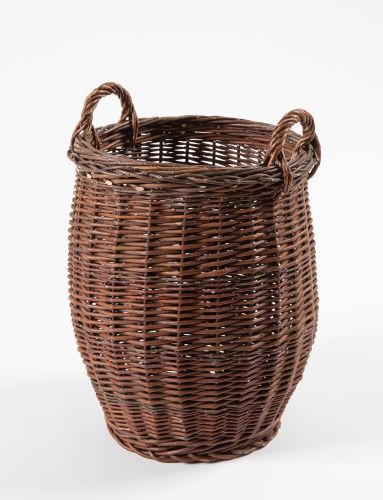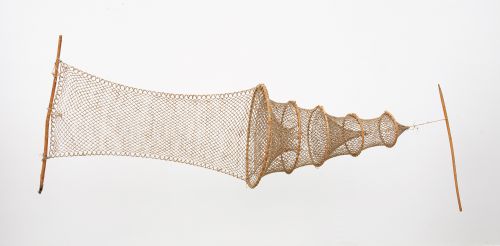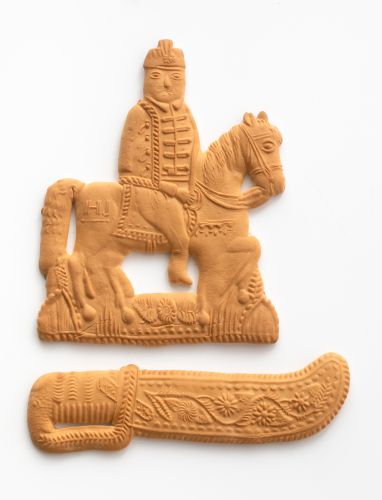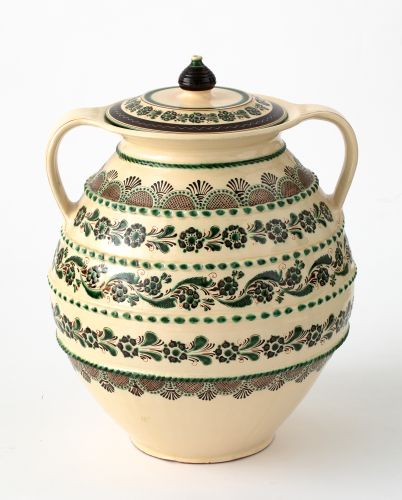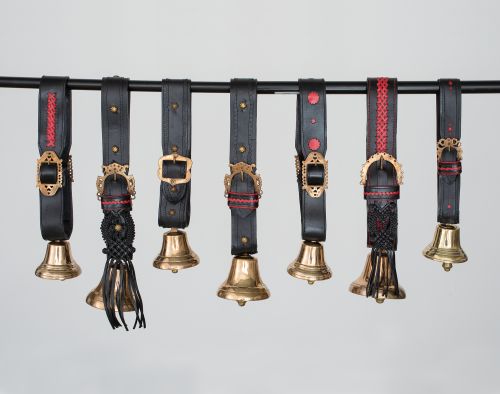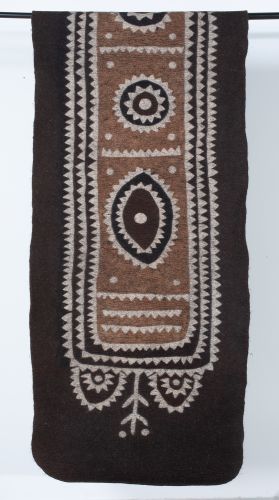The Radics family of gingerbread makers
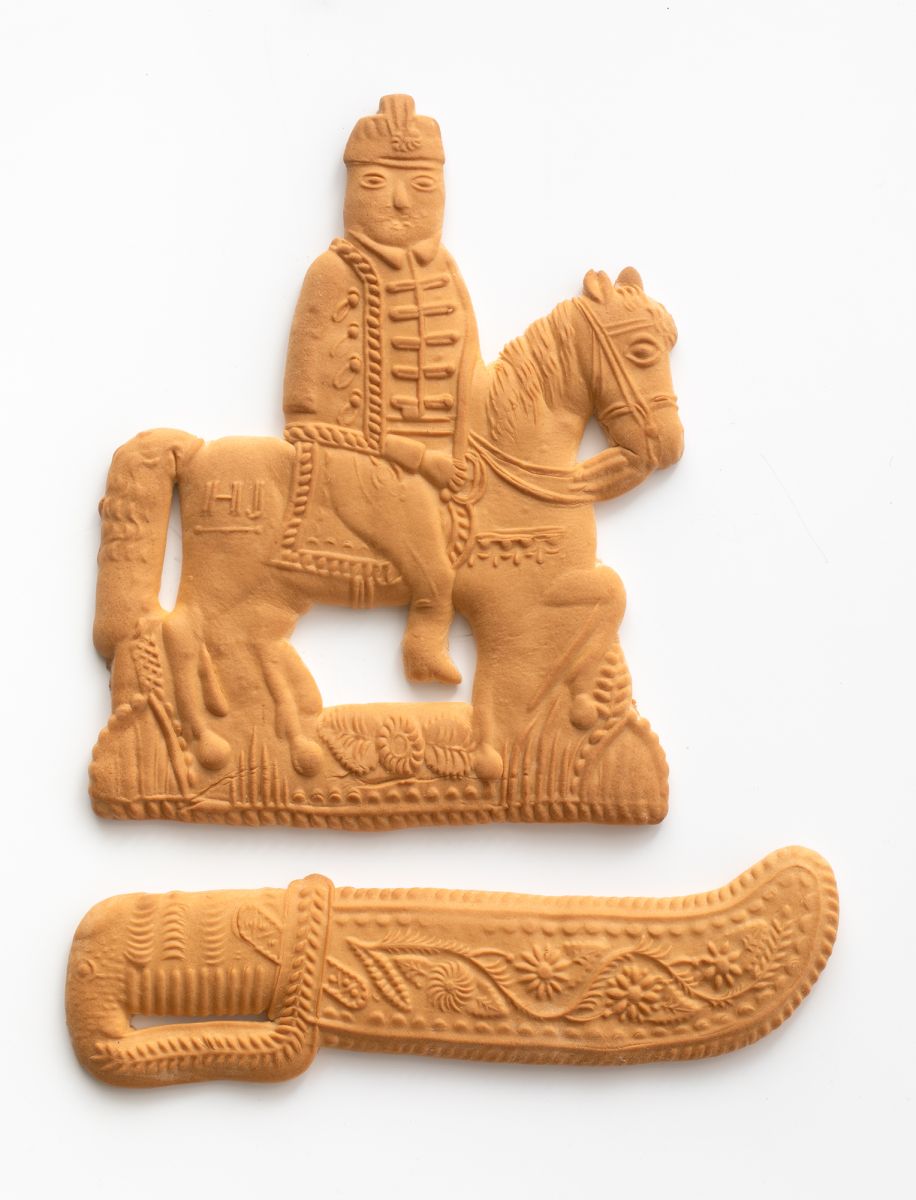
RADICS László
Gingerbread Hussar and sword made in a mould / 2023
“beaten” gingerbread (made by beating dough into a wooden mould)
Photo: SULYOK Miklós

RADICS Zoltán
Gingerbread heart and doll made in a mould / 2023
“beaten” gingerbread (made by beating dough into a wooden mould)
Photo: SULYOK Miklós
The gingerbread industry in Hungary originated during the period of state formation. After the Turkish occupation, special centres were established in Debrecen and Karcag. The first gingerbread and wax-casting guild was founded in 1619 in Pozsony, followed by Debrecen in 1713. They worked with three main types of dough. The first was the so-called fine, soft honey cake, in various flavours; the second was the sugar dough gingerbread sold at fairs, mainly painted and decorated in red (mirrored heart, horse, doll); the third was the so-called beaten gingerbread, which was beaten into negatively carved beetles and then baked. The best known of this type is the round-shaped ‚honey plate’.
The Radics dynasty has been making gingerbread since the early 1900s. Over the last 100 years, the craft has been passed down from one family to the next, and with it the recipe, the technology, the moulds and the tools. László Radics came into the family through his wife in the early 1970s, learning the craft from his father-in-law László Pázmándy. The 40 years that have passed have proven that he has continued the family tradition in a worthy manner. In 1993 he received the title Applied Folk Artist, in 2005 he became a Golden Wreath laureate master and in 2015 Master of Folk Art. His son Zoltán, together with his wife, are taking the craft to a new level in a way that preserves tradition and heritage.
Past and current masters in chronological order:
Gyula Pázmándy and Eszter Harsányi
László Pázmándy and Lászlóné Pázmándy
László Radics and Lászlóné Radics
Zoltán Radics and Linda Radics-Kovásznay
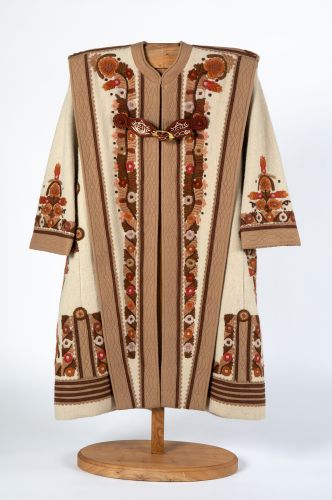
The Csibi family, peasant cloak embroiderers and makers
